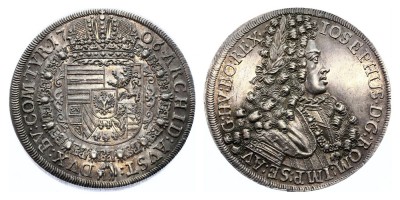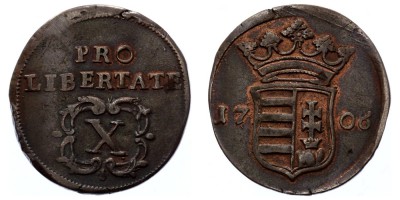The evolution of the coin is long and not easy. Up to modern banknotes, units of account could have a funny form of shells, and be a weighty gold ingot.
Russian money market during the reign of Peter the Great
For the Russian coins of release of 1706 materials were used:
- gold;
- copper;
- silver.
Gold coins:
- chervonets (for foreign calculations and as a reward for distinguished folk heroes).
Coins of silver:
- poltina (small power cross);
- poltina (the great power cross);
- grivennik (with a large and small crown).
Copper coins:
- 1 penny;
- dengue;
- polushk.
Classic chervonets
The gold coins of the period of Peter the Great were called ducats. At the request of that time, the gold coins were supposed to have the weight of a ducat. Peter the Great considered it a matter of honor to have gold coins for settlements on the market. As a rule, Chervonets were calculated with foreigners.
In the year produced no more than 120 chervonets. The front side of the double chervonets was decorated with a portrait of Peter the Great in its laurels and the inscription in a circle: "KING PETER ALEKSEEVICH ALL RUSSIA." On the reverse side was the famous Russian eagle with three crowns inside the inscription: "ALL RUSSIAN SELF-HOLDER."
Chervonets had the second name in the people - red. Interestingly, chervonets were used as awards. Especially distinguished representatives of the people were awarded red hearts. This award was considered honorable and was respected by the people.
In 1706, the chervonets weighed 3.47 grams and there were necessarily 986 samples. The most valuable was considered a double ducat (with double thickness). At modern auctions, it is he who enjoys the heightened interest of collectors. Particularly passionate historians, and especially numismatists, are ready to lay out $ 11,000 for the golden double Peter the First gold coin.
Showing 1 to 2 of 2 (1 Pages)
 Russian
Russian English
English Deutsch
Deutsch Spanish
Spanish Português
Português



